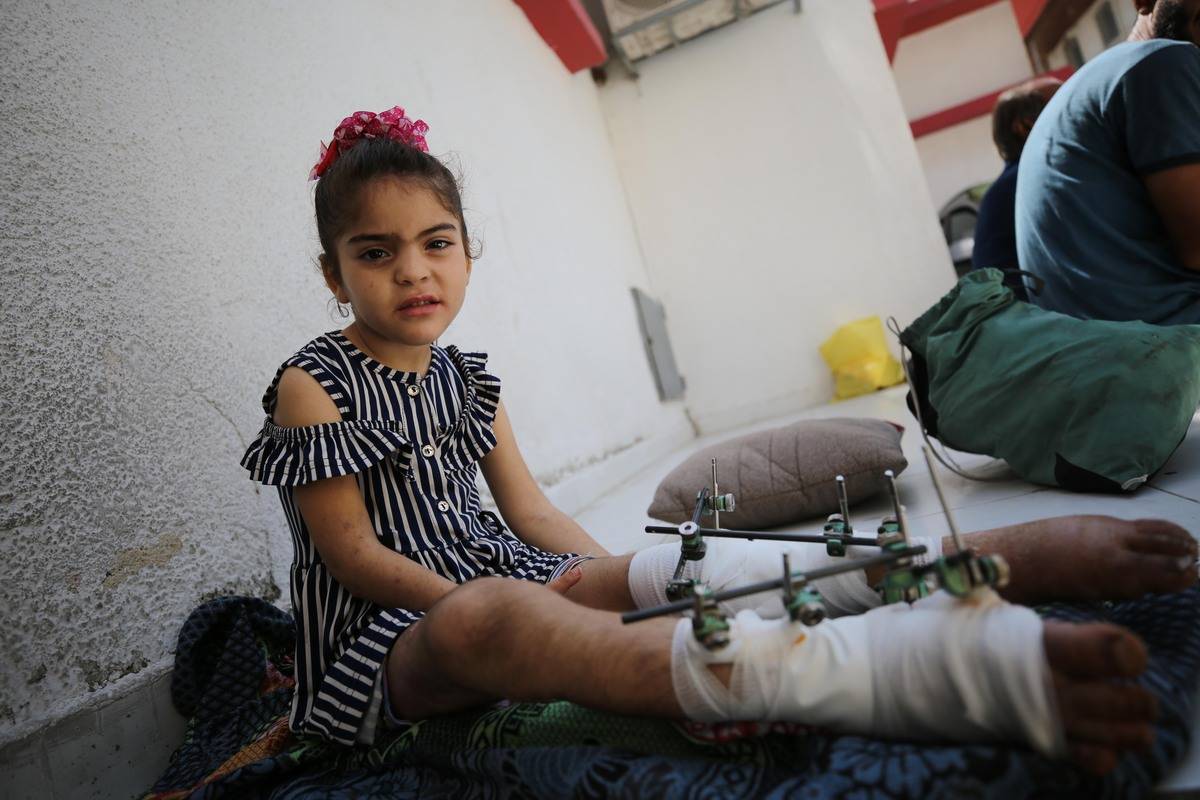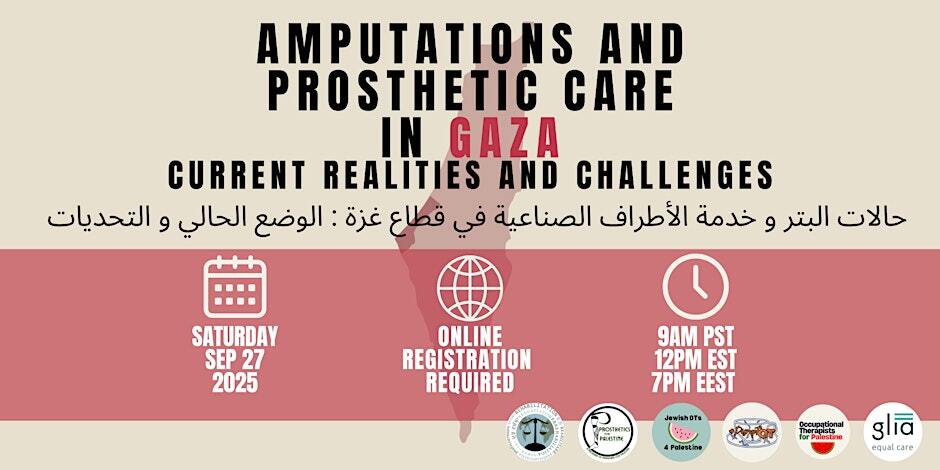Thousands of Palestinians in the Gaza Strip are living with a devastating and often invisible wound: the loss of their limbs. Behind every statistic is a story of survival, pain, and resilience.
Local health data shows that at least 4,700 people in Gaza have undergone amputations since the war began. The United Nations now warns that the territory holds the largest population of amputees anywhere in the world, with no clear path to treatment, rehabilitation, or hope for recovery. For children, the picture is even bleaker—Gaza is home to the largest number of child amputees in modern history. With doctors forced to perform amputations as a last resort to save lives, families are left to pick up the pieces.
One of those families belongs to Ibrahim Abdel Nabi, a displaced father from Rafah. On May 27, while trying to collect food aid for his family, Ibrahim was struck by an explosive bullet. His leg was gone instantly.
“I bled for about an hour and a half,” he recalls, his voice heavy with exhaustion. “No one could help—everyone was scrambling to find food for their children. Eventually, some young men carried me to the Red Cross hospital. I’ve had 12 surgeries since then. Every time, doctors had to cut away more because of malnutrition and infection. This is where I ended up.”
With hospitals gutted and supplies scarce, Ibrahim and his wife built a makeshift prosthetic from scraps, desperate for him to walk again. “It’s not really a leg,” he admits. “It helps me fetch food and water, but it cuts into my skin, causes infections, and the pain only grows. We have no medical care, no proper supplies. Every day it gets worse.”
His story is echoed in overcrowded emergency wards across Gaza, where hospitals like Al-Shifa lie in ruins and patients fight for space, care, and dignity.
Among the most heartbreaking victims are children.
-
Mohammad Hassan was on his way to buy falafel when an Israeli airstrike cost him his left leg.
-
Maryam Abu ‘Alba lost one leg and shattered the other when her home was bombed.
-
Shahd, a young girl, lost her left arm to shrapnel. She dreams only of a prosthetic that might let her play again.
These children represent a generation for whom amputation has become a defining reality. Families say their only hope is for prosthetic limbs to be allowed into Gaza without restrictions—or to be granted safe passage abroad for treatment.
Until then, they live suspended between pain and resilience, struggling not only against their disabilities but against a system that leaves them with little more than homemade solutions and fading hope.
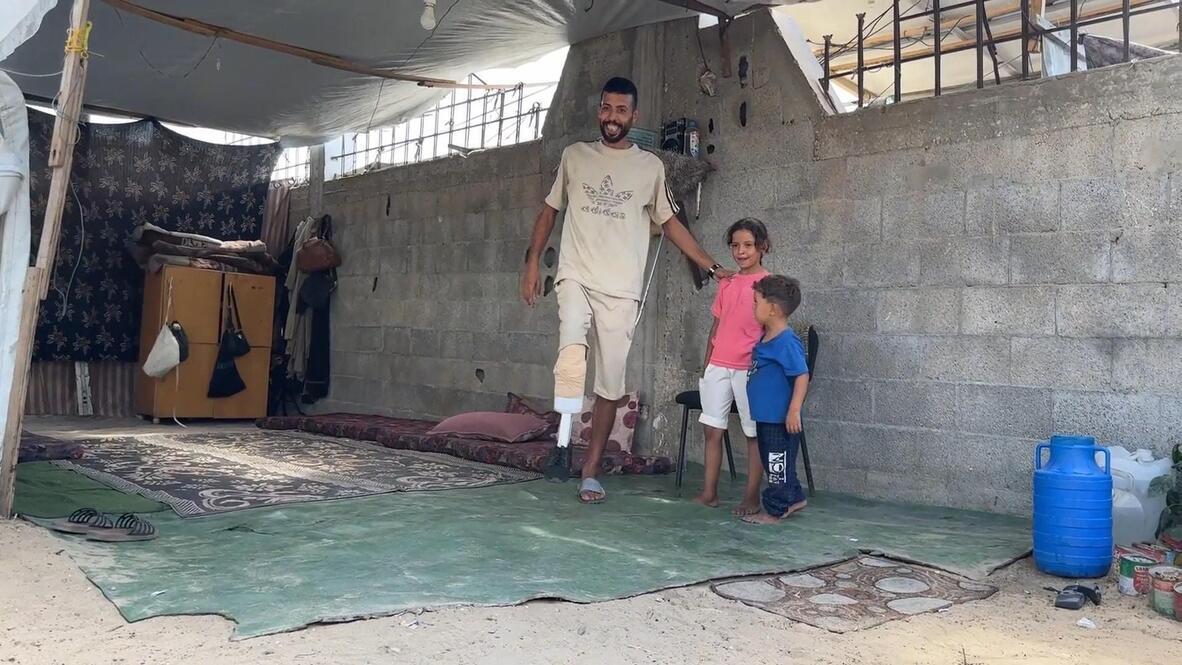



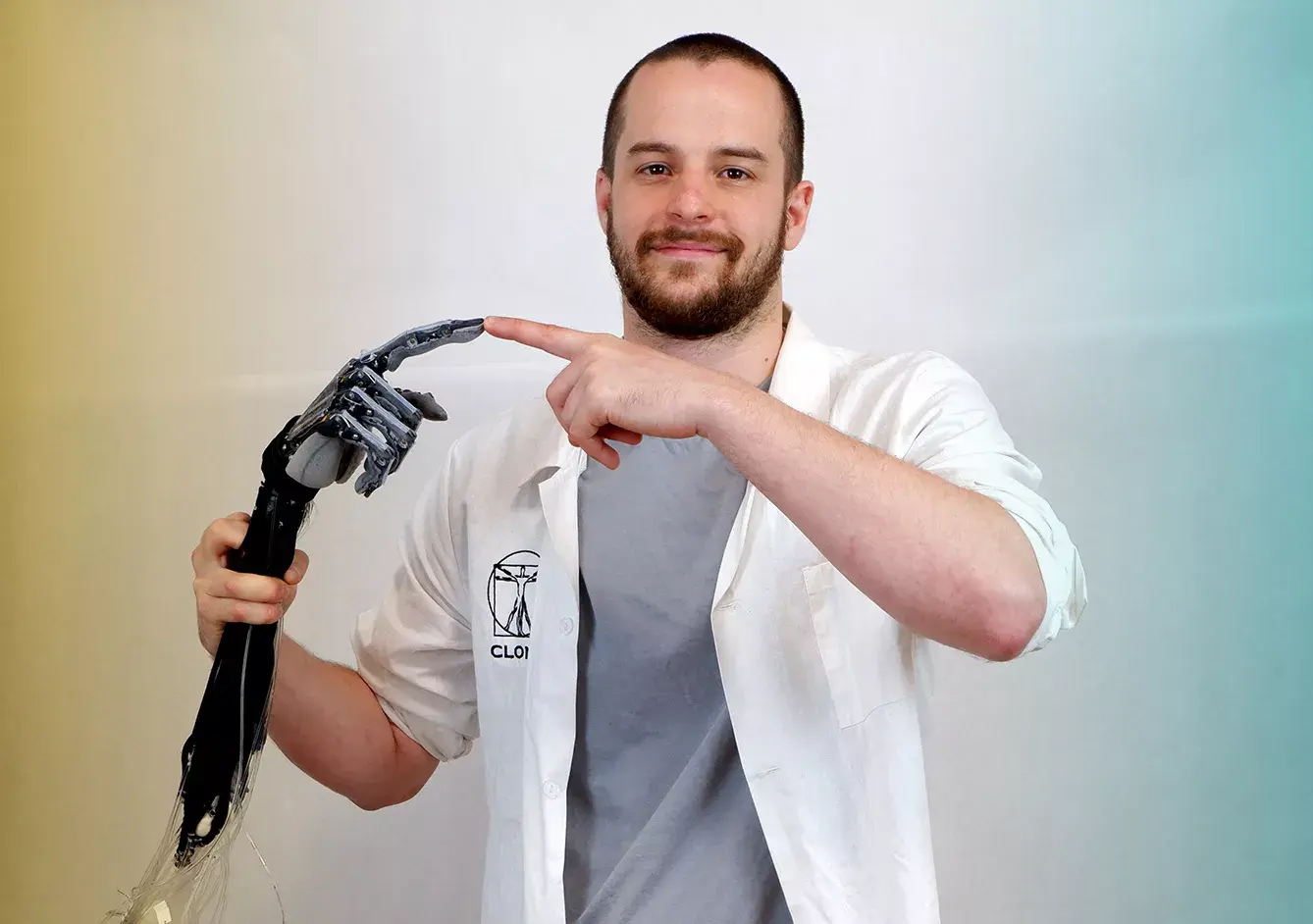

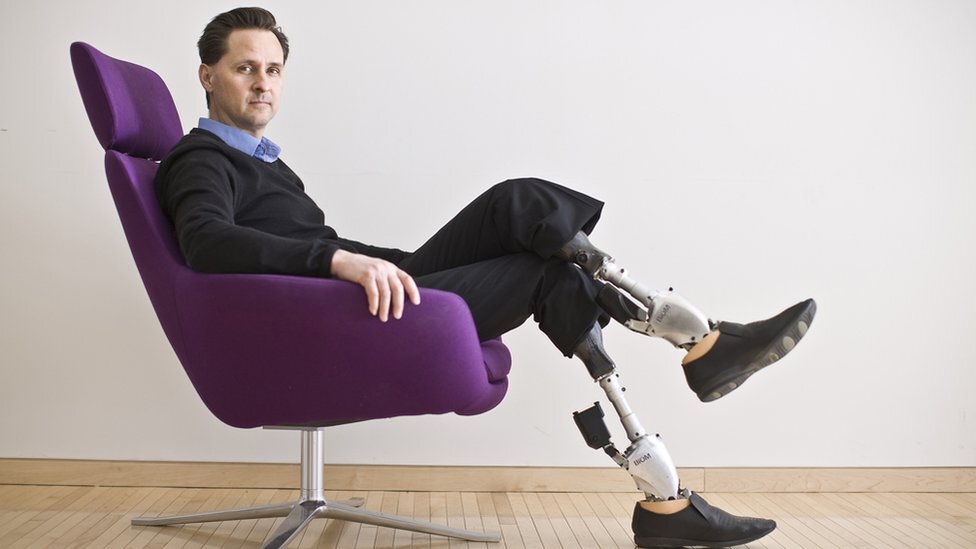
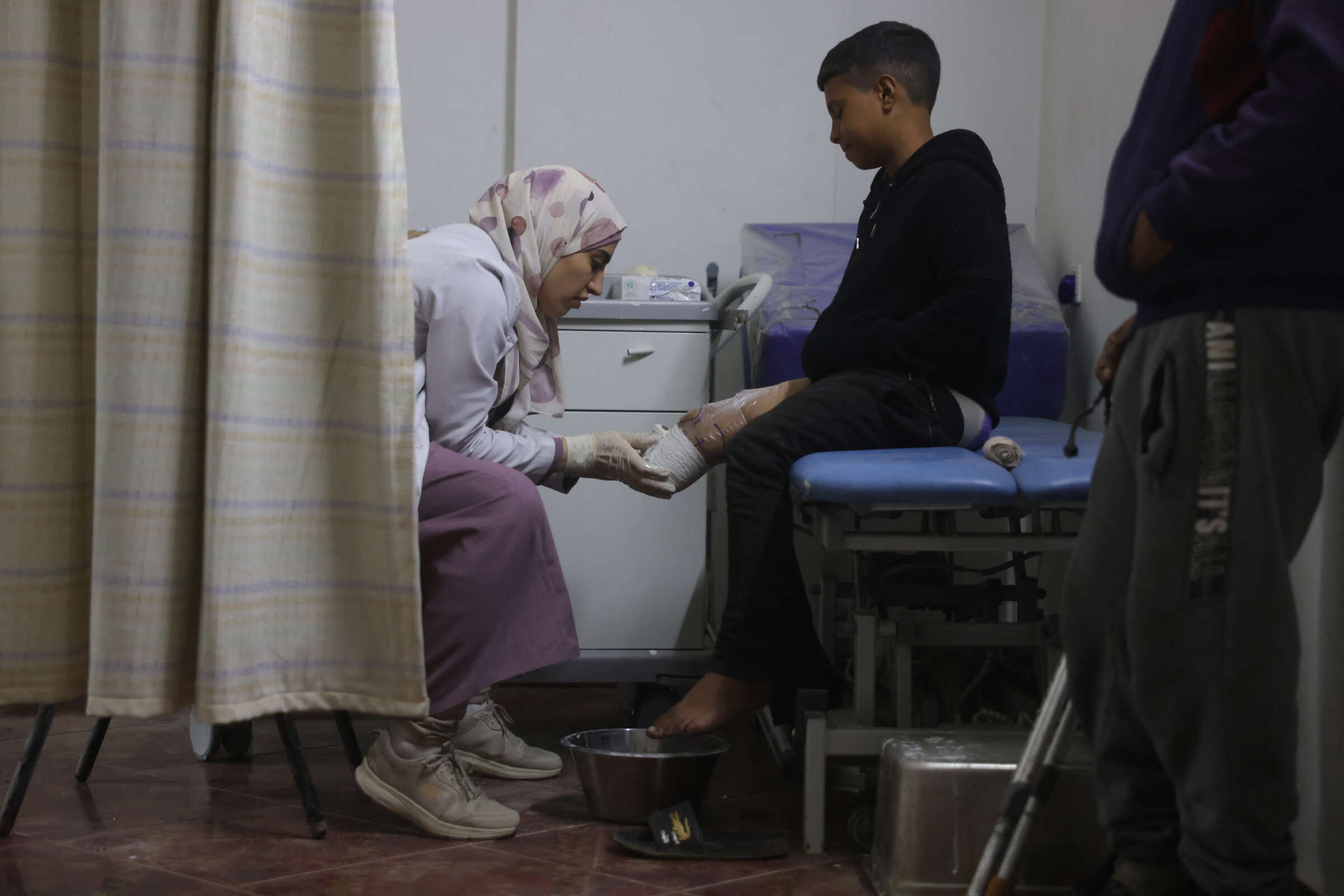
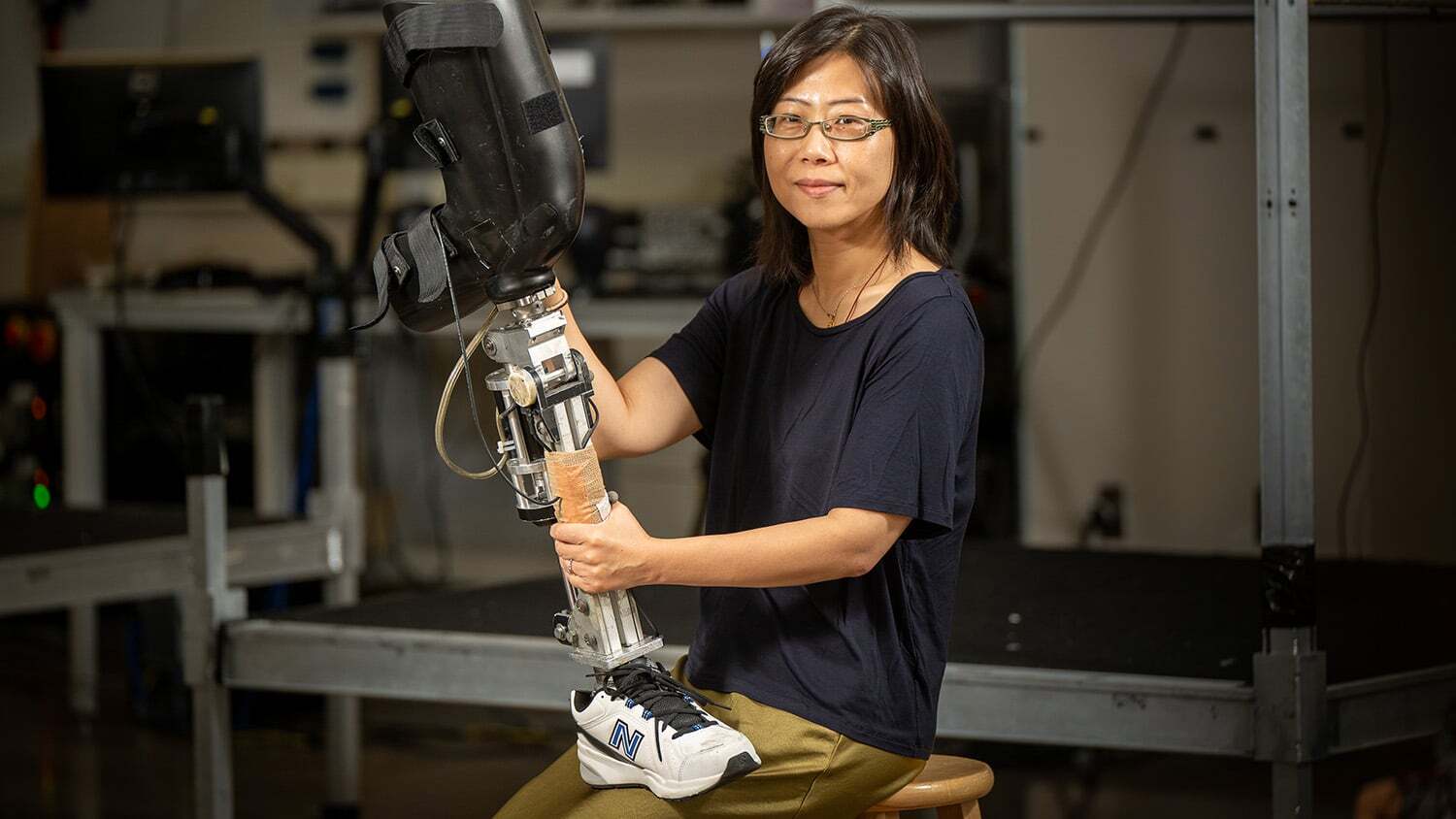


-1.png)
